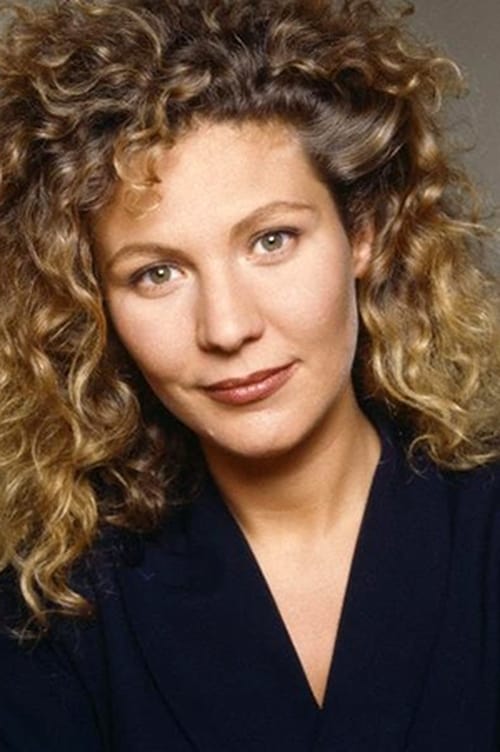
Solveig Dommartin
Birth : 1961-05-16, Paris, France
Death : 2007-01-11
History
From Wikipedia, the free encyclopedia.
Solveig Dommartin (16 May 1961 in Constantine, Algeria - 11 January 2007 in Paris) was a French-German actress.
Her acting career began in the theatre with "Compagnie Timothee Laine" and with the "Theater Labor Warschau". She had her first experiences with film as an assistant of Jacques Rozier.
Her debut as a film actress was Wings of Desire (1987) under Wim Wenders. She was able to learn the challenging circus acrobatics in only eight weeks, and performed the full role without using a stunt double. She co-authored Until the End of the World (1991) with Wenders and travelled around the world with him in search of locations for the project.
Wim Wenders said about Until the End of the World:
"Solveig Dommartin and I had written the story of our film together, and we thought that we only had the right to enter into such a sacred area like a persons's dreams, if we would bring something into the work that was sacred to ourselves".
Dommartin died of a heart attack in 2007, aged 45. She was survived by her daughter, Venus.
Description above from the Wikipedia article Solveig Dommartin, licensed under CC-BY-SA, full list of contributors on Wikipedia.
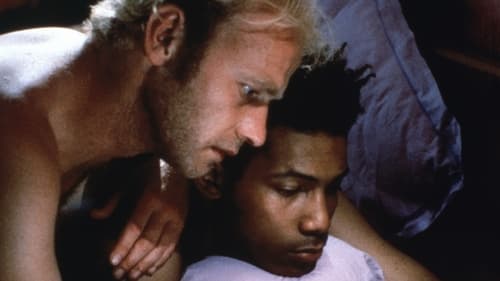
Young Blonde Woman
In 1980s Paris, a series of murders captures public attention. Meanwhile, the gorgeous Daiga moves from Lithuania to Paris, immigrant musician Théo struggles to raise his young son, and Théo's brother, a gay transvestite named Camille, sings and dances in a cabaret for a living. All three grapple with isolation and the problems of modern living, but one of them could be so desperately alienated that they have a hand in the serial murders.
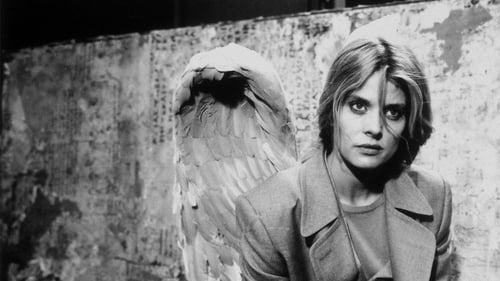
Marion
Damiel is now married to Marion, runs the pizzeria “Da Angelo” and the two have a child. The solitarily remaining angel Cassiel is more and more dissatisfied with his destiny as a mere observer of human life and finally decides to take the great leap. As Karl Engel he soon gets into a dubious milieu and finds himself as the assistant of the German American Baker, who makes his money with shady arms deals and sends films east in exchange for weapons. Cassiel’s adventure turns into a “thriller” when he decides to put a stop to Baker’s game.
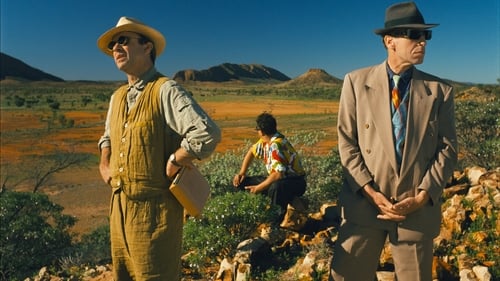
Writer
In 1999, Claire's life is forever changed after she survives a car crash with two bank robbers, who enlist her help to take the money to a drop in Paris. On the way she runs into another fugitive from the law — Dr. Sam Farber, an American who is being chased by the CIA. They want to confiscate a device his father invented which allows anyone to record their dreams and visions. On the run they travel the globe from Berlin to Lisbon to Moscow to Tokyo, ending up in Australia at his father's research facility, where they hope to play back the recordings Farber captured for his blind mother.

Story
In 1999, Claire's life is forever changed after she survives a car crash with two bank robbers, who enlist her help to take the money to a drop in Paris. On the way she runs into another fugitive from the law — Dr. Sam Farber, an American who is being chased by the CIA. They want to confiscate a device his father invented which allows anyone to record their dreams and visions. On the run they travel the globe from Berlin to Lisbon to Moscow to Tokyo, ending up in Australia at his father's research facility, where they hope to play back the recordings Farber captured for his blind mother.

Claire Tourneur
In 1999, Claire's life is forever changed after she survives a car crash with two bank robbers, who enlist her help to take the money to a drop in Paris. On the way she runs into another fugitive from the law — Dr. Sam Farber, an American who is being chased by the CIA. They want to confiscate a device his father invented which allows anyone to record their dreams and visions. On the run they travel the globe from Berlin to Lisbon to Moscow to Tokyo, ending up in Australia at his father's research facility, where they hope to play back the recordings Farber captured for his blind mother.

Self
A documentary which follows director Wim Wenders and Sean Naughton, the high-definition-video designer on UNTIL THE END OF THE WORLD, in Tokyo, and details the creation of the film’s groundbreaking high-definition sequences.
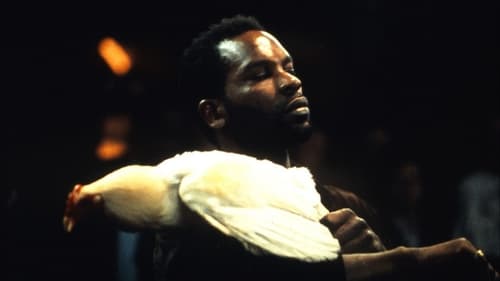
Toni
Dah and Jocelyn come from Benin, Africa, to coach their rooster, "S'en fout la mort", for an illicit cock-fight in the basement of a restaurant.

Jeanne
Jeanne is a woman who is driven by her very active conscience. She attempts to assuage her idealistic bent by trying out life as a nun, but this doesn't work out. After she leaves the convent, she takes a job at a factory, where the callousness of management spurs her to become a labor activist. Her efforts are marked by great persistence and fervor, but she lacks any kind of diplomacy or persuasiveness, and as the years progress, she manages to alienate everyone in her life. By the end of the film, there is only one way that she can see to resolve the horrible situation she finds herself in.

Elena
A young Russian man arrives in Berlin in search of a woman, but becomes entangled with two others one of whom falls in love with him and another who represents a classic Russian heroine like out of a novel from one of his countrymen idols.

Marion
Two angels, Damiel and Cassiel, glide through the streets of Berlin, observing the bustling population, providing invisible rays of hope to the distressed but never interacting with them. When Damiel falls in love with lonely trapeze artist Marion, the angel longs to experience life in the physical world, and finds -- with some words of wisdom from actor Peter Falk -- that it might be possible for him to take human form.
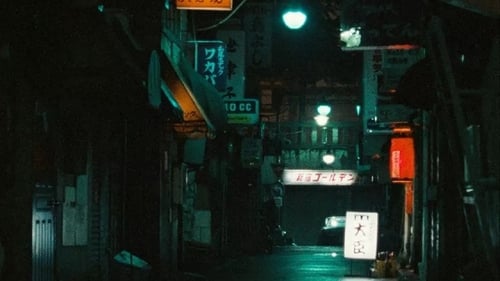
Editor
German director Wim Wenders made this documentary in which he tries to explore the Tokyo that was depicted in the films of Yasujiro Ozu. When Wenders visits Tokyo for the first time, he finds a very different city, one with a booming fascination with technology that often clashes with the traditional elements of Japanese culture. Wenders also interviews Ozu's cinematographer, Yuharu Atsuta, and Chishu Ryu, an actor who frequently collaborated with Ozu.







